What are Workflow Engines?
A workflow engine is an application that operates in digital workflow software. It enables businesses to process workflows using low-code visual builders. The workflow engine transfers manual workflows of IT tasks to software processes that convert information through diverse channels.
A workflow engine converts the manual workflows from IT-guided tasks to human and software-managed processes that route and direct information paths, responsibilities, and collaboration channels for the most efficient use of resources.
From a purchase-order notification necessary to begin a workflow API to a new task, workflow engines are the willpower of automated processes.
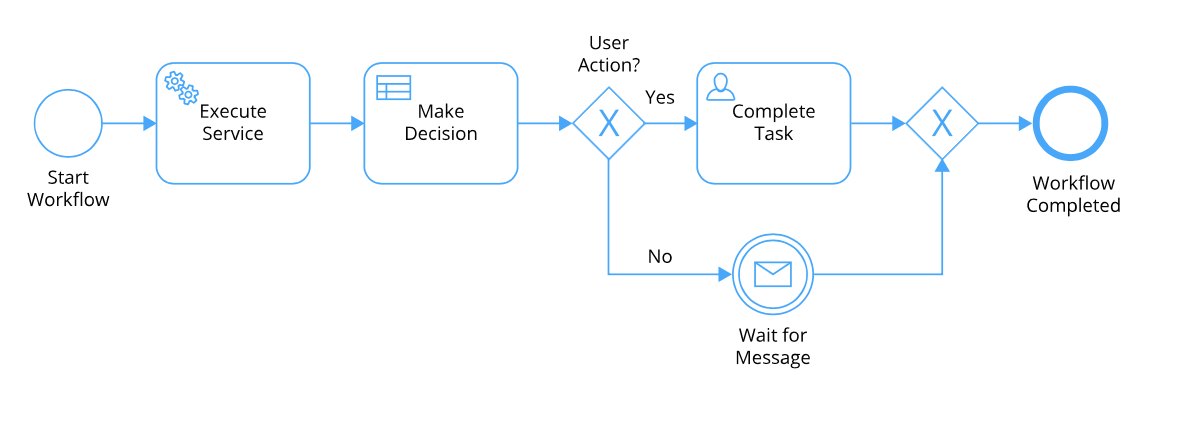
With workflow automation, you can establish self-operating workflows for the processes that make your business grow, such as management of invoices, collection of leads, creation of a marketing strategy, and much more.
Some of the things you can automate with the workflow engine include:
- Inquiry of brand mentions across social media channels and websites.
- Checking out and following up with a lead to process a consultation.
- Getting rid of bounced subscribers from a newsletter.
- Generating weekly reports of project tasks
- Encouraging customers to write reviews after a product purchase.
- Putting together invoice signatures after a closure of a deal.
Workflow engines help your business to perform less manual work. For this purpose, many software options on the market today provide some of these features:
- Low-code configuration
- Implementation of the visual design features
- Visual workflow builders
- Version control
- Control access with user-authentication
- State persistency enables more memory for longer-term processes
- Code-based customizations
- Long-term support for process lifecycles
Types of Workflow Engines
Before considering the areas of application, let's break them into groups. There are three workflow engines that are mainly used in business today: built-in, third-party, and cloud-based.
- Built-in Workflow technology
The first group is business process management programs often built into modern CRM systems. But you shouldn’t be limited by using one built-in engine, as combining them with various options is possible.
Let’s take the example.
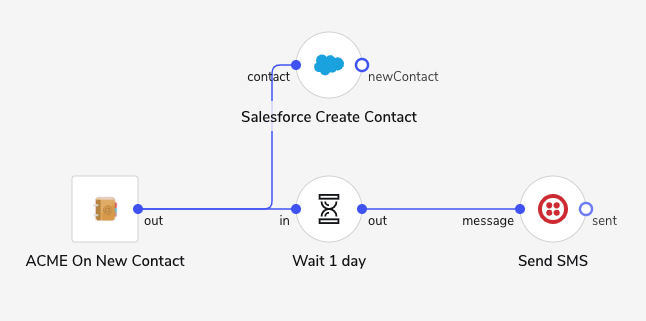
In one system, we create a contact; through the process engine, we trigger the creation of some business processes in our CRM (we used Salesforce for this example), wait for some time, and send a notification to the phone. You may wonder why not use the business process builder of CRM. The answer is quite simple - the separation of functionality and its delegation is the basis of a good application that you can test in the future and change without risks.
The second example is email work.
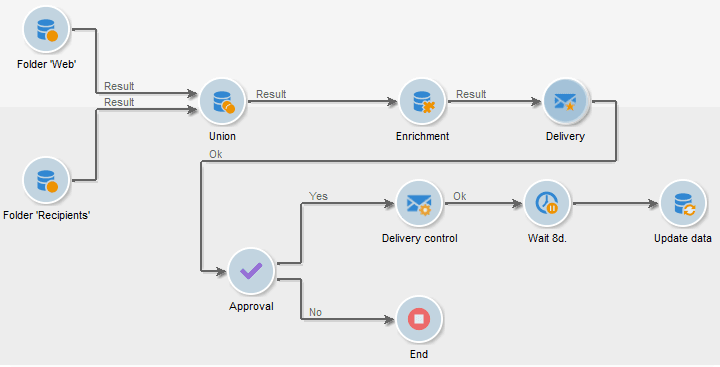
Here we monitor inbox folders, modify them further and deliver them depending on whether we like the changes.
- Third-party workflow technology
The second group is data pipelines, which for the most part, resemble process engines but are focused on working with data flows. In such engines, data storage plays a significant role. For example, working with computer vision requires making a decision based on recognizing objects in media files.
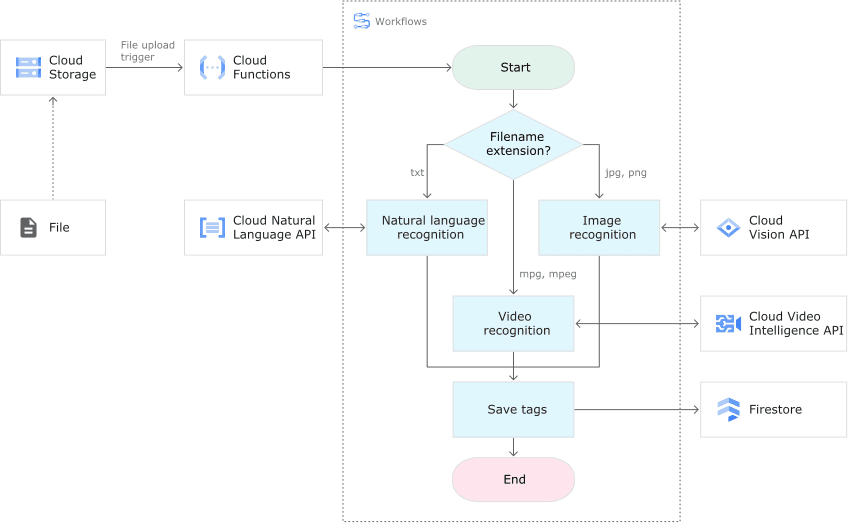
In this example, we save a video and an image in our storage, get notified that a file has been uploaded, and the processor starts processing it depending on the specific file type. The picture looks quite clear, but if all parts of this program are described in ordinary code, then such a program will quickly lose its clarity and conciseness, especially for new programmers.
Or let’s see another example of business logic in the automation control of profanity in a telegram channel.
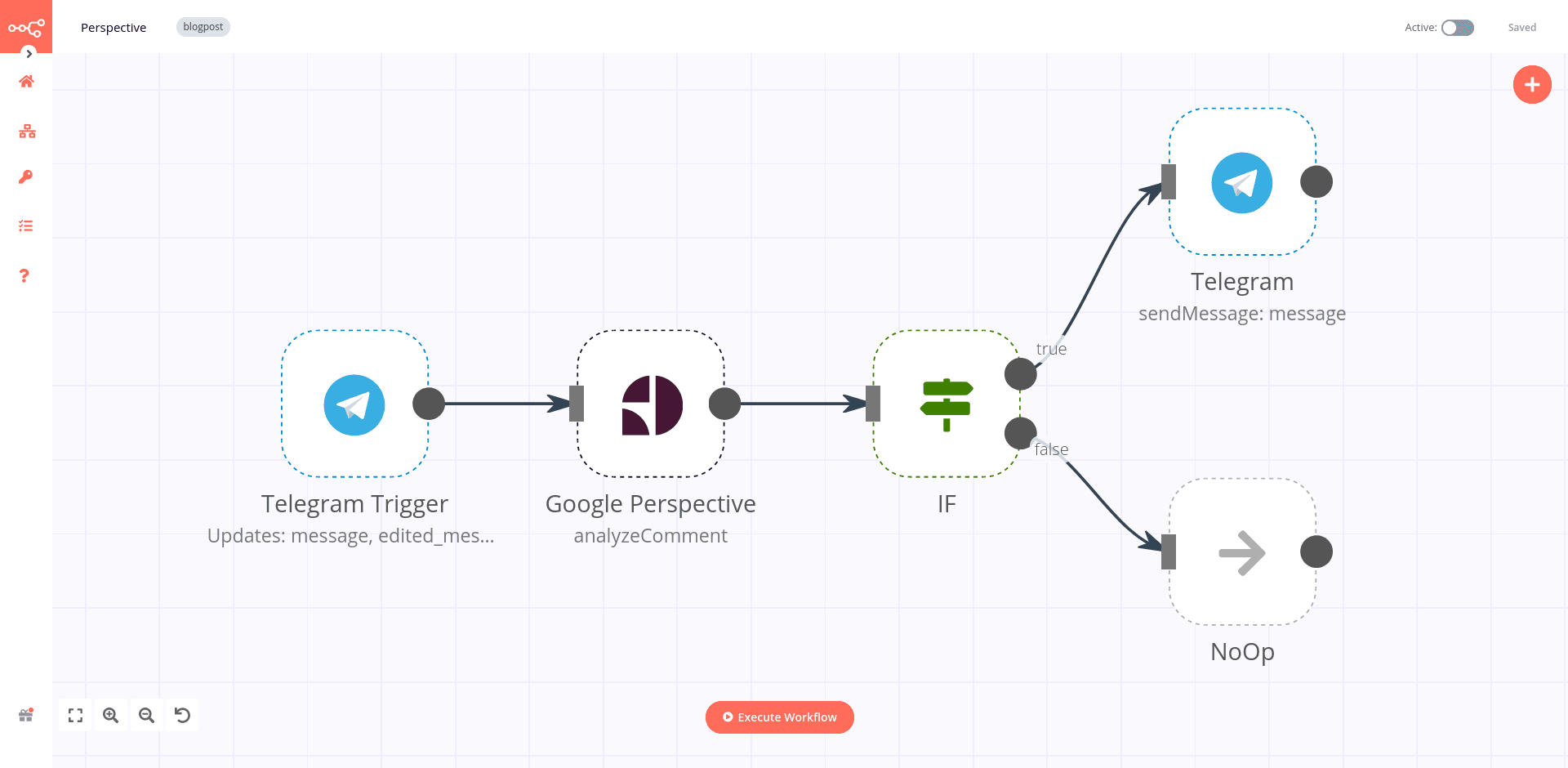
Also, a great example of using data pipelines in workflow engines is creating any kind of artifacts, backups, snapshots, etc.
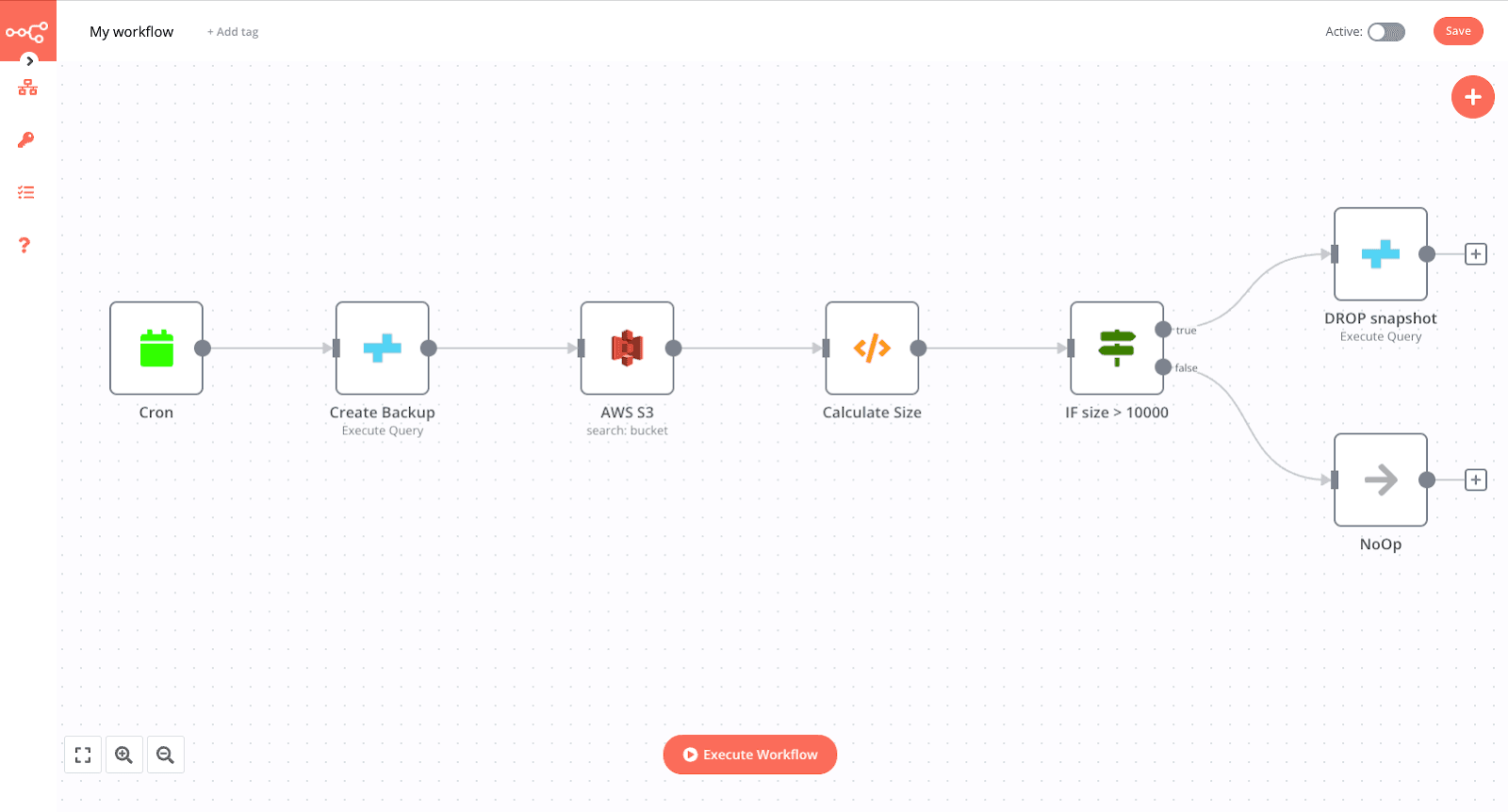
In this example, we periodically create a backup of our database and save it to the cloud, and if the size exceeds a specific size, we delete the snapshot.
Or let’s create a docker container where we, based on the GitHub webhook, launch our process (Argo), which in turn launches another engine inside the cluster (Tekton), which creates a Docker Image for us, saves it to storage, and, based on this artifact, launches it in the cloud. That means that CI\CD pipelines are part of workflow engines.
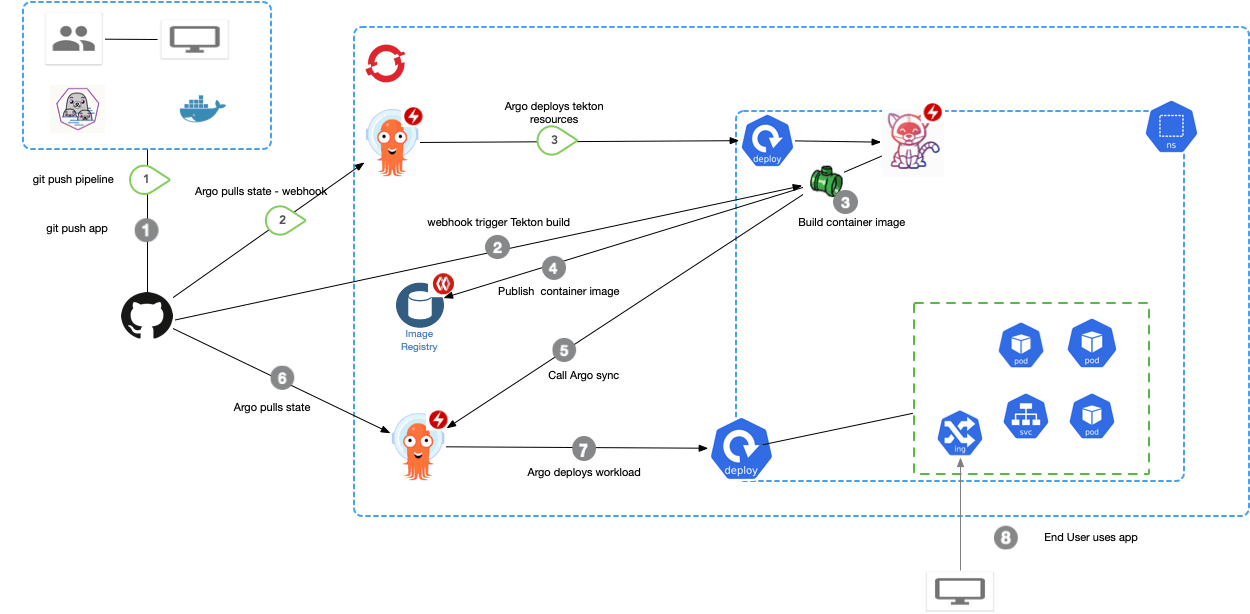
Another great example is collecting analytic data using crawlers, for example, to track prices.
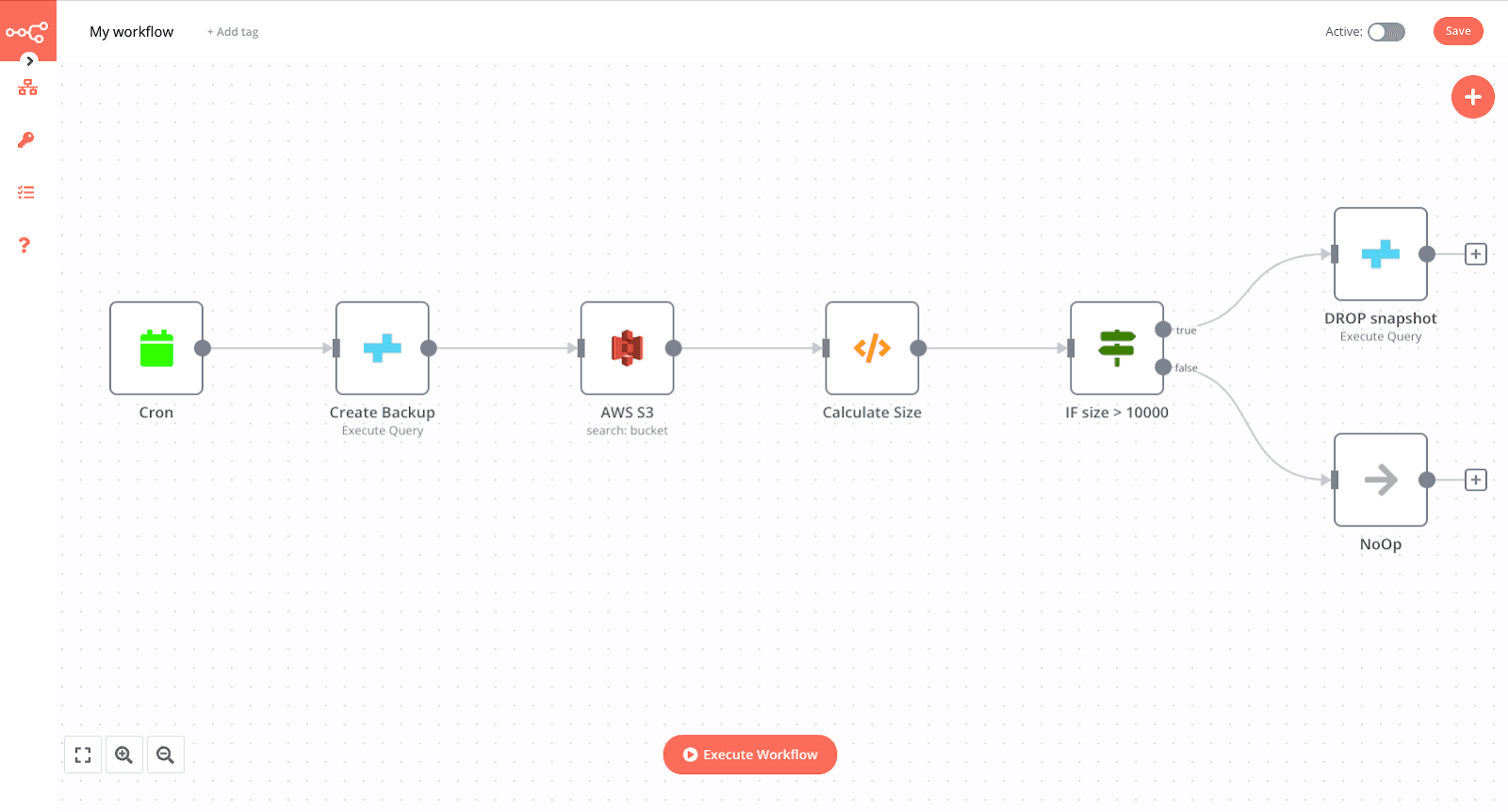
In this example, we take the data through our crawler, convert it to the format of interest, filter and send it to the mail.
- Cloud-based workflow technology
Cloud-based workflow engines bring users complete independence and control as they are not connected to any specific infrastructure and get a wide range of functionality and flexibility. Some companies enable these types of engines for flexibility and extended functionality.
Of course, these groups often intersect, and there is no clear separation, but for a more visual break, we chose such group division
Paid Workflow Engines
The workflow engines help us automate our lives, and Zapier is one of the best among them. But no tool is perfect for everyone, as each has different requirements and tasks. Also, Zapier pricing isn't available to everyone. Here we collected the top Zapier alternatives you should know:
- Automate.io is one of the best workflow engines that offer an excellent level of integration with third parties while keeping prices low for startups and enterprises. It focused only on marketing, but now Automate.io gives services in all categories, like social media, campaigns, payment automation, basic email automation, etc. With Automate.io, you can create conditional workflows, which means you can integrate multiple web apps and link them to a suitable flowchart. You don't have to write a single line of code and create numerous workflows for numerous apps with just a few clicks. The APIs are easy to understand, and you can get started within minutes.
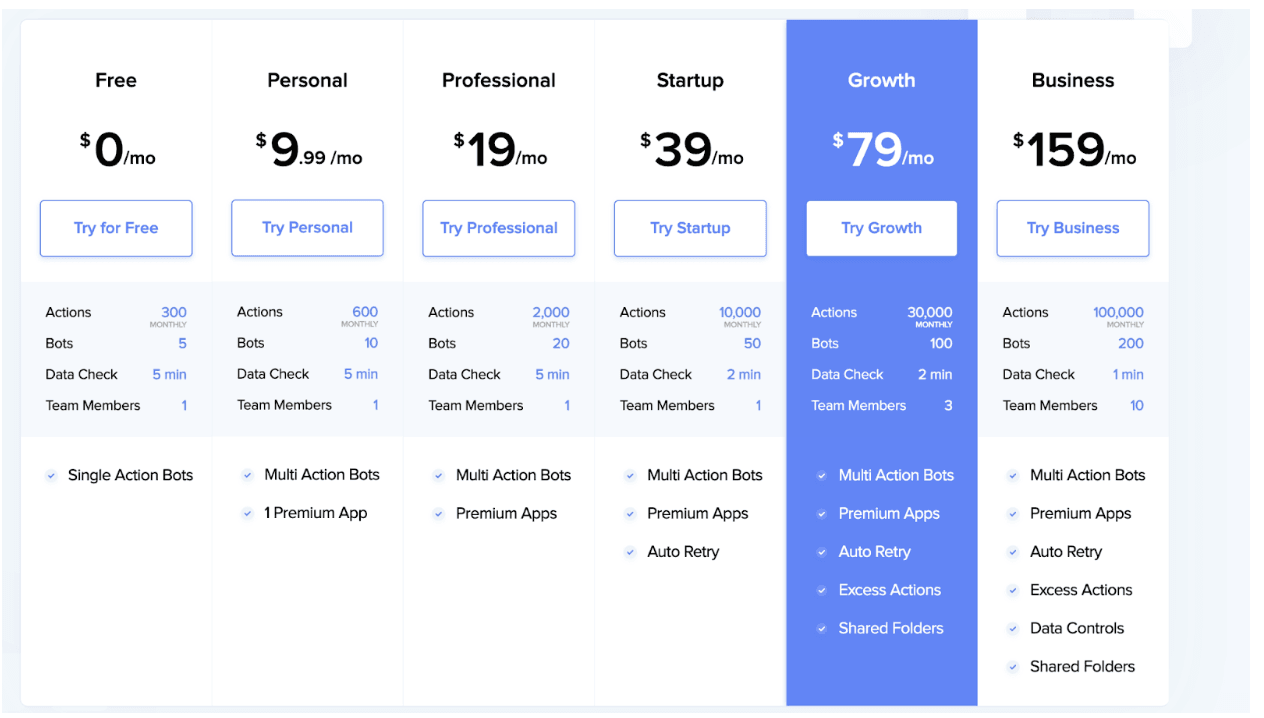
-
Tray.io is no ordinary integration service but a complete webhook and automation platform for large enterprises and growing startups. It offers many features like Tray Connector. It uses a drag-and-drop editor to create a seamless workflow visually. Also, you can integrate multiple services into one webhook and automate the task according to your preference. In addition, Tray.io also provides extensive support so companies can create custom tray connectors for their individual needs. Tray.io offers over 4500 APIs from popular services such as Salesforce, Google, Facebook, Mailchimp, and Dropbox. However, be aware that the service is quite expensive, costing around $500 per month. So if you run a large business, you might want to look at Tray.io instead of creating and maintaining your scripts and servers.
-
Zoho Flow provides many advanced features in a user-friendly interface. It lets you integrate your apps and script workflows in a visual editor. You can create a flowchart of activities, easily edit them with conditional triggers, and start your workflow with just a few clicks. You can receive emails and file reports from one service to another in just a few seconds. It also allows you to create booleans to define a variable if you want to go deeper into webhook integration. If you are an advanced user, you will surely be able to get the most out of Zoho Flow. As for web application support is integrated with almost all popular services, including Google Calendar, Asana, Slack, Trello, Gmail, and others. Zoho Flow is a handy automation tool, and you can give it a try. It offers a 15-day free trial, 10 euros for standard and 24 euros for the professional version.
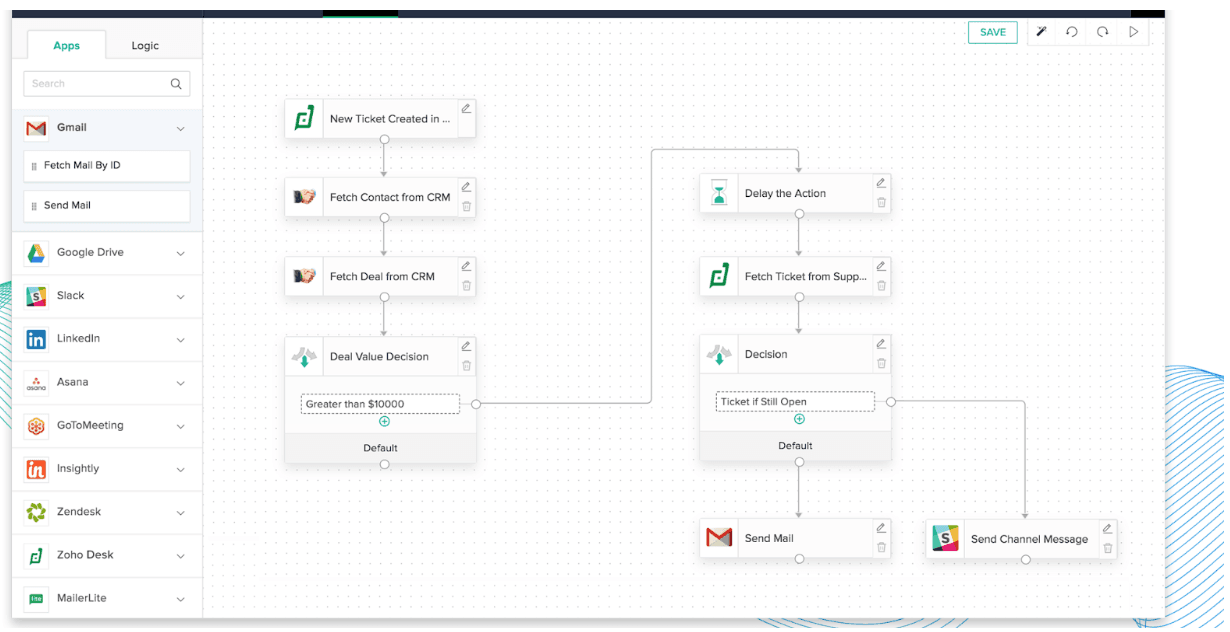
- Integromat gives you a complete visual profile of the tasks you have created. A circle connected by dotted lines represents each node in the problem. It looks like you have created a mind map. It gives you a quick overview of what kind of automated tasks you are running. You can create any number of scenarios and any number of steps or operations. It is an accurate multi-stage automation tool.
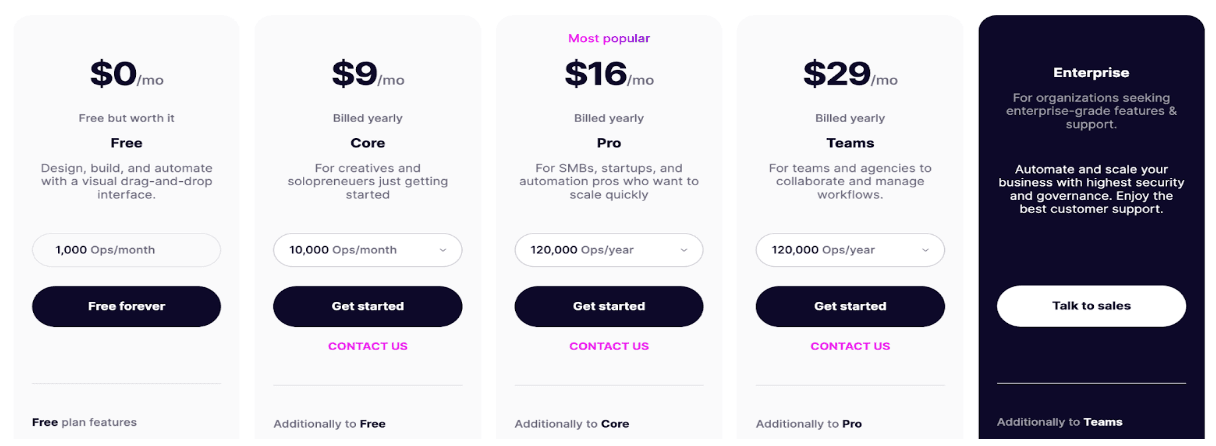
Opensource Workflow Engines
There is also a great variety of open-source workflow engines that can help you if you want to try them. We can suggest a number of them:
- n8n.io is a free and open-source workflow automation tool that works well with popular web applications and services. The service is entirely free, and you can use it for personal and business purposes without paying. n8n offers a solid visual editor for creating a workflow called a node in this tool. You can search for services and integrate them with webhook in 3 to 4 clicks. There is also an option for triggers where you can define multiple conditions regarding the actions.
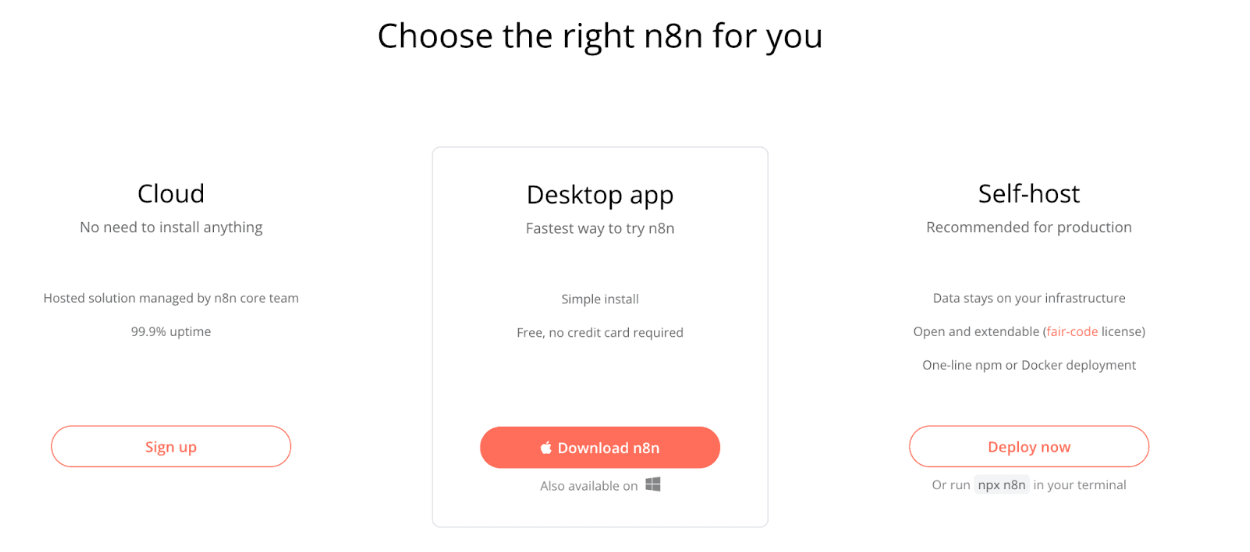
- IFTTT - is the easiest way to get more done with the apps and devices you love.
- Pipedream - a platform where developers can create and publish projects related to data processing. The open project contains thousands of examples of source code and completed projects.
- Airflow - Python-based platform for running DAGs (directed acyclic graphs) of tasks
- Argo Workflows - container-native workflow engine for Kubernetes projects
- Azkaban - Batch workflow job scheduler created at LinkedIn to process Hadoop jobs
- Brigade - a tool for running scriptable, automated tasks in the cloud at the Kubernetes cluster.
- BEE is an email editor that lets you create great response emails quickly. Its authors aimed to develop the perfect email editor. It is possible to use BEE online or embed it in your application.
- CabloyJS - a Node.js full-stack framework with the workflow engine.
- Camunda - BPMN-based workflow engine with graphical modeler and operations tooling that can be installed as a java library.
- CloudSlang - workflow engine to automate your DevOps use cases.
- Copper - a high-performance Java workflow engine.
- Couler - unified interface for constructing workflows on different workflow engines, such as Argo Workflows, Tekton Pipelines, and Apache Airflow.
- Cromwell - workflow engine written in Scala that runs workflows written in WDL or CWL.
- Cylc - workflow engine that manages complex distributed workflows with cyclic or acyclic graphs.
- Dagster - data process for machine learning, analytics, and ETL.
- DigDag - a simple tool that helps you to build, run, schedule, and monitor complex pipelines of tasks.
- DolphinScheduler - an extensible workflow scheduler platform with powerful DAG visual interfaces that solves complex job dependencies in the data pipeline.
- FireWorks - used for storing, executing, and managing calculation workflows.
- Fission Workflows - a high-performant workflow engine for serverless functions on Kubernetes.
- Flor - A workflow engine written in Ruby.
- Flyte - A container-native workflow and pipelines platform for large-scale processing and machine learning written in Golang.
- Imixs-Workflow - a powerful human-centric Workflow Engine based on the BPMN 2.0 standard.
- Kestra - Open source data management and scheduling platform with declarative syntax.
- Kubeflow pipelines - reusable end-to-end ML workflows built using the Kubeflow Pipelines SDK.
- MassTransit - .Net Messaging system with Saga Workflow Support
- N8n-io - Free and open node-based Workflow Automation Tool that can easily automate tasks across different services.
Benefits and Possible Challenges
Effective teamwork relies not only on the knowledge and skills of each team member but also on convenient tools for solving various business problems. The main advantages of using workflows:
- Opportunity to visually display all processes. Sometimes, it is difficult to understand who is responsible for different operations in complex and intricate business processes. The engines with an excellent visual interface can be more precise for non-programmers.
- You can use them as a Low Code or NoCode solution, creating different nodes in your processes. The users can collect the necessary logic as a constructor.
- The ability to combine various systems and solutions and other workflow engines.
- A workflow engine helps organizations process audit trails and boost compliance.
As a result of workflow engines, the business owner receives more information for analyzing business processes in the form of detailed analytical reports and has the opportunity to manage the company qualitatively, taking into account external and internal indicators.
However, not every company is eager to implement tools for automation. What are the limiting factors?
- Creating nodes in most cases requires the involvement of programmers.
- Testing can be limited to the engine itself.
- The time necessary to set up automation;
- Additional expenses for software;
- The need for additional employee training
Conclusion
The organization of automated processes does require some time. However, this is an “investment” that can save more significant time and resources in the future. Many workflow engines require some investments. Almost every popular service has a free package with limited functionality or a trial period. Businesses get the opportunity to evaluate the benefits of the service for their specific needs and choose the optimal ratio of functionality/price. Some tasks can be successfully solved with the help of free tariffs. It is an excellent opportunity for small and medium businesses to start the process of marketing automation without spending money.
In a competitive environment, not only the quality of the product plays an important role, but also the speed of service. The advantage is given to the one who processes the client's request faster and provides prompt feedback. The use of automation services allows you to increase the speed of working with customers and their data, which is a good help for the company's competitiveness.
Automating engine workflows is the right solution. However, such optimization requires a careful approach. It is essential to determine the set of tasks that needs to be adapted to the automatic execution mode. After that, you can select the optimal platform that will cover all or most of the functions, simplifying the work and reducing costs for your business.
How RabbitPeepers can help
Each solution has its pros and cons and areas of application that may not always seem straightforward at first and sometimes require a combination of several workflow engines. For example, you can use one workflow engine for business processes and the second one for external data sources.
Our company will help you integrate and solve the challenges of existing engines. We provide solutions for:
- N8N
- Node-red
- Pipedream
- Argo
- Brigade
If you use a paid or less well-known analog and want to migrate to free solutions, do not hesitate to contact us, and our team will provide a solution in a reasonable time.

